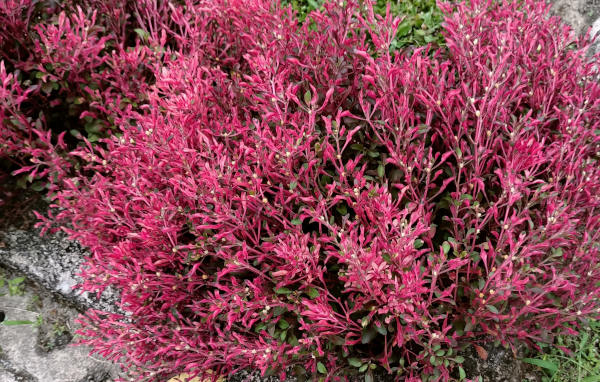How to grow Coprosma
Also known as the looking glass plant or mirror bush, coprosma is a genus of shrubs and small trees in the coffee family (rubiaceae). The common names refer to the high gloss, polished look of its evergreen leaves, which may become semi-evergreen when exposed to colder winters.
Whilst there are around 90 species, the most widely grown in the UK is the New Zealand and Tasmania native Coprosma repens, along with its many cultivated forms which offer a variety of foliage colours. The form and habit of this species can vary considerably depending on exposure to the elements: in an open, windy spot it assumes a low, prostrate habit and produces tiny leaves, while elsewhere it grows into a low shrub with larger foliage. In its native, frost-free habitat it can grow into a tree of up to 8 metres, however it tends to remain much smaller in our UK climate. Coprosma is resistant to salt spray and sea winds, making it a popular choice for coastal gardens.
Individual coprosma plants may be male or female, meaning berries will only be produced where several are grown together in a group.
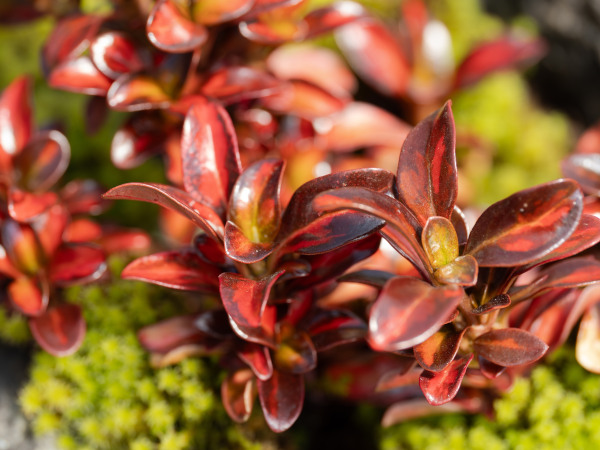
Key Information
Position
Soil Conditions
Hardiness

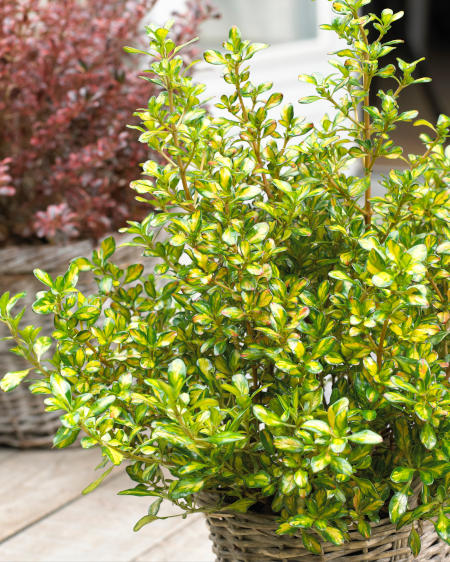
Where & when to plant Coprosma
Position - Outdoors: full sun or partial shade, Indoors: bright, filtered light with good ventilation
Soil - Prefers a well-draining, sandy soil though can cope with heavier. A neutral to acidic pH is best.
Flowering Period - Inconspicuous
Hardiness - Half-hardy rated H3, minimum temperature between 1°C and -5°C
Coprosma hails from a mild, frost-free climate, and, in most of the UK, can only live outside during the warmer months. The start of this ‘safe’ period varies from region to region, though tends to be mid to late May. If your plant arrives before you’re confident of there being no more frosts, keep it in a protected environment such as a conservatory, greenhouse, or a sunny window or porch, until the time is right.
Coprosma is well suited to life in a container as this makes it easy to move indoors for winter, however you may get away with growing it in the open ground all year if you plant it at the base of a warm, sheltered wall and follow the advice in the ‘Cold Protection’ section below. Alternatively, you can keep it as a permanent indoor plant in a cool conservatory, or, if you are lucky enough to offer a mild microclimate (perhaps you live in a sheltered coastal or city centre location), you can grow it outdoors year-round without concern.
A note on the ‘bright, filtered light’ recommended for indoor-grown plants, this can be achieved by locating the plant in a bright south or west-facing room, where it will receive high light levels whilst not being in direct sun.
How to plant Coprosma
- For planting in containers, first choose an appropriately sized pot. The best practice is to start just a few centimetres larger than the rootball, though be prepared to repot this fast-growing shrub into a slightly larger size every year or two. Always ensure there are plenty of drainage holes in the bottom.
- If you are using a large or heavy pot, it can be a good idea to fill and plant it in situ to save yourself the trouble of moving once full.
- Use a good quality loam-based compost with a generous amount of horticultural grit mixed in, and, if not already present (check the description on the bag) some slow-release fertiliser granules – ericaceous if you can.
- Start by partially filling the pot with compost; enough so that when placed on it the upper surface of the root ball is about 3cm lower than the top of the pot.
- Infill all the space surrounding the root ball with compost, firming down with your fingers then adding a little more so the plant is held tight.
- Pick up the container and lightly tap on the potting bench or ground a few times to help further settle the compost around the plant.
- Soak well with water.
- A mulch with horticultural grit will look attractive and help to prevent a ‘cap’ or crust forming on the top of the compost (something container plants can suffer due to the artificial nature of their watering).
- For planting in the garden, dig the soil area removing any large stones and weeds and breaking up any lumps. Mix in some organic matter – ideally with an acidic pH, such as ericaceous compost, composted pine needles, or leaf mould. Rake level and firm with your heels. Rake level again.
- Water the plant well and allow to drain before planting.
- Dig a hole twice the size of the root-ball.
- Place the plant in the hole, ensuring the top of the root ball sits level with the surface of the soil. Too low and the plant may rot, too high and the roots can dry out.
- Backfill with soil and firm in gently with your foot.
- Soak well with water.
- Mulch around the base with well-rotted organic matter. Mulch around the base with the same, slightly acidic organic matter – ericaceous compost, composted pine needles, or leaf mould.
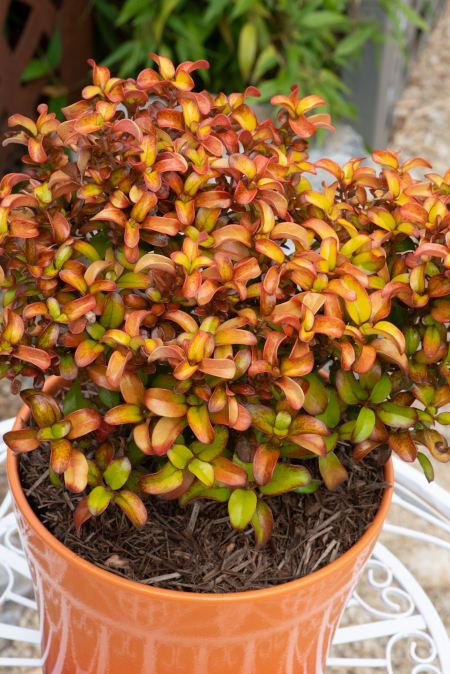
What to plant with Coprosma
Coprosma mixes easily with a range of planting styles, though to see it look really at home why not combine with fellow New Zealand natives, such as leptospermum, libertia, pittosporum, cordyline, and phormium?
If you’re growing your coprosma as an indoor plant, companions which enjoy similar conditions include the lady’s slipper orchid, calamondin, plumbago, and abutilon.
If you would like any further planting ideas or growing advice for your coprosma, please contact our friendly and knowledgeable Customer Care Team - we will be more than happy to help you.
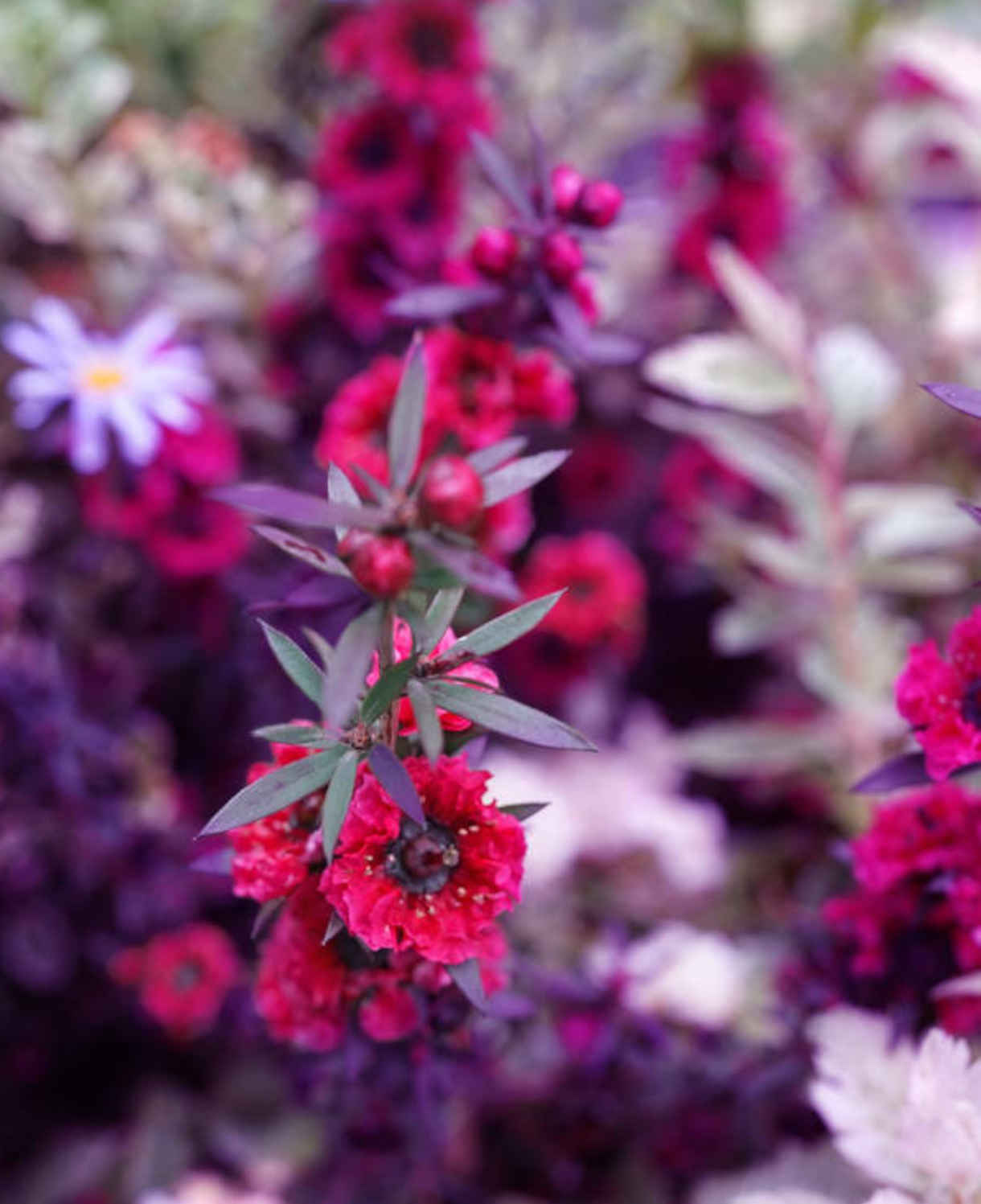

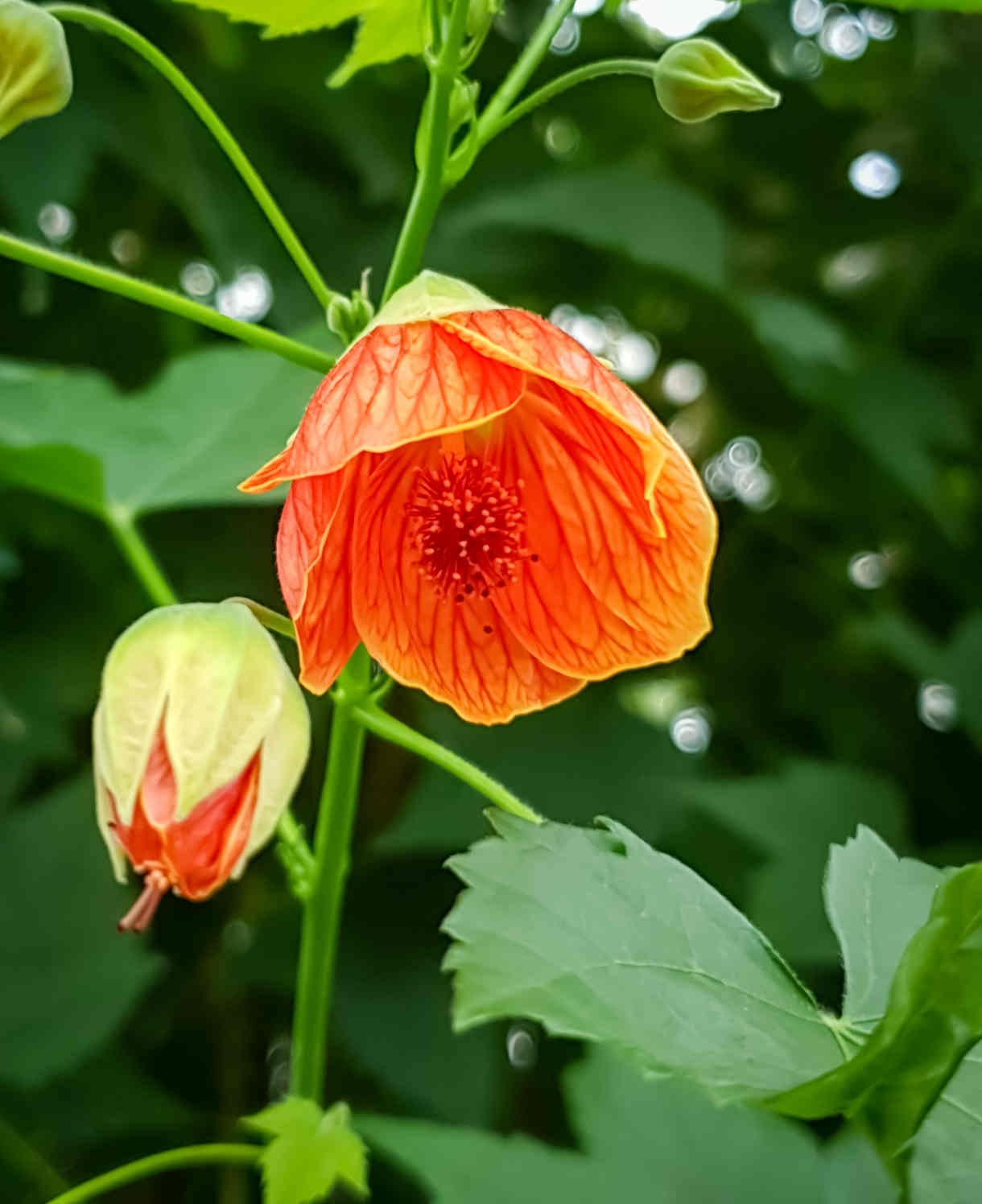
How to care for Coprosma
Pruning and Deadheading
Coprosma is classed as RHS Pruning Group 8. This means it can be left untouched, apart from the occasional removal of dead, diseased, damaged, or badly placed branches – best done in late spring (April to May). If you do wish to maintain a certain size and shape, trim back to the desired dimensions at this same time of year.
Watering
Like all woody plants, coprosma should be regularly watered during its first couple of growing seasons in the ground while its roots become established. After this, it should need watering only in prolonged periods of hot, dry weather. An annual mulch is also useful for locking in moisture – more on this in our ‘Feeding’ section below.
Container-grown coprosma has less access to moisture so will need regular attention. Water freely when in growth, and moderately at other times (i.e., just enough to stop the compost drying out).
Feeding
To get it off to the best possible start, feed coprosma during its first few years in the ground with a ericaceous feed applied to the surface of the soil and lightly worked in (known as a ‘top dress’). This is best done in late winter to early spring, followed by a mulch of acidic organic matter, i.e., a layer of ericaceous compost, composted pine needles, or leaf mould applied to the soil around the plant. This has the added benefit of suppressing weeds and locking in moisture. Avoid manure or mushroom compost, as these tend to have a more alkaline pH.
Once your coprosma is well established, an annual mulch should provide sufficient nutrients, however, apply a top dress as above if ever you feel an extra boost is needed.
Container-grown plants rely more on the gardener for nutrition. Start by making sure you use a good quality ericaceous compost, then from March to September apply an ericaceous liquid feed once a month.
Remember also to repot your coprosma every year or two, going up slightly in pot size and using fresh, ericaceous compost containing ericaceous feed. Once the plant reaches full size an annual top dress is advisable: each spring, scrape off the top 5cm of compost and replace with fresh, remembering to mix in a little ericaceous feed too.
Cold Protection
If you live in a mild part of the country and have found a warm, sheltered spot at the base of a sunny wall, you may get away with leaving your coprosma there all year round as long as you take a few extra measures to get it through winter. Firstly, apply a thick, dry mulch around in the roots in autumn to help protect against the cold and wet (bark chips, straw, bracken, or grit all work well). Secondly, pop over one of these easy fleece jackets whenever a cold snap is expected.
Otherwise, you’ll need to move your coprosma indoors for winter – a conservatory, greenhouse, or sunny porch are all ideal spots. You can leave it here all year round if you wish.
Pests and Diseases
Coprosma is considered trouble free.
How to propagate Coprosma
The quickest way to propagate this shrub is to take semi-ripe cuttings in late summer, using growth that is becoming firm and woody at the base but is still flexible at the tip.
- Snip cuttings off the plant, if possible taking a longer piece than the ideal eventual length of around 10cm (to allow for trimming).
- Put them in a plastic bag straight away to prevent drying out.
- Fill several pots with a well-draining compost mix.
- Trim the end of the cutting to just below a node (point at which leaves grow).
- Remove lowest leaves and soft tip, leaving 2-4 leaves.
- If the remaining leaves are large, cut them in half with a sharp knife (to reduce water lost through transpiration).
- Insert the cuttings into the compost and water lightly. Several cuttings can be put in the same container if there is enough space to do this without them touching.
- Place in a greenhouse or propagating unit if you have one or covered with a plastic bag on a windowsill if not (out of direct sunlight).
- Keep the cuttings misted and occasionally watered until they root. You will know this has happened when roots emerge out of the bottom of the container – expect this to happen the following spring.
- Gently remove rooted cuttings and pot them into individual pots. Grow on in a cool yet frost-free environment such as a conservatory, greenhouse, or cold frame, until they are large enough to be planted out.
* Many plants carry Plant Breeders Rights and cannot be propagated for commercial purposes.
Common Coprosma questions
- Does coprosma change colour?
As the temperatures drop for winter, many forms of coprosma become more intensely coloured. - Is coprosma a good choice for small gardens?
Yes, it tends to remain fairly compact in our climate and is happy in a small, protected space or in a container. - Is coprosma edible?
It’s said that coffee can be made from the seeds of this plant, though we haven’t tried it!
